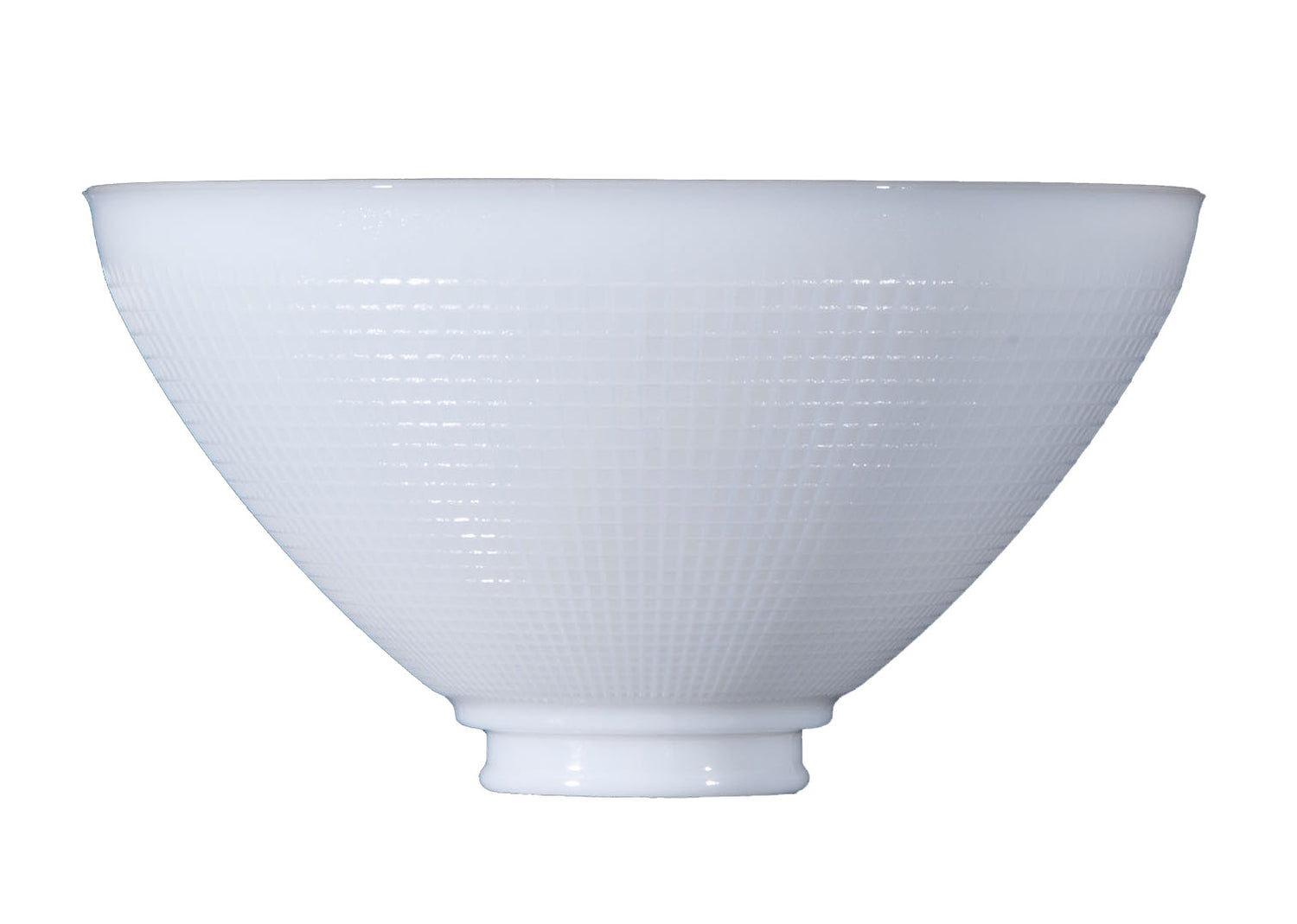History of Aladdin Lamps
Kerosene lamps provided light to several generations before electrification became ubiquitous. The name "Aladdin" is commonly associated with the brand of kerosene lamps that have been illuminating the American home for more than a century. Despite redefining the mantle lamp design, the Aladdin brand also shaped the future of research and development across numerous industries. In this article, we explore the history of Aladdin lamps to discover how they were manufactured and marketed.
The Aladdin Mantle Lamp Company
Midwest salesman Victor S. Johnson founded and incorporated the Western Lighting Company in Minneapolis, Minnesota as of 1907. He decided to form this company after seeing the superior light produced by a German kerosene mantle burner known as the "Practicus." Having studied by poor light in his youth, Johnson immediately recognized the potential for sales, especially in rural areas where electricity was still decades away from widespread adoption. His company obtained the rights to sell the Practicus mantle burner and other foreign-made lamp parts.
Less than one year later, Johnson relocated the company to Chicago, Illinois. He incorporated the Mantle Lamp Company of America in February of 1908, estimating a wide disparity between distribution and manufacturing numbers. When properly adjusted, the Practicus burner produced a white light with output equivalent to about 60 candles. This mantle burner was designed to fit into most American-made fonts, but it required constant attention because it often went out of alignment and chimneys were susceptible to cracking. Johnson began searching for a better version.
Johnson acquired the center-draft burner that was patented by Charles E. Wirth and manufactured by Plume & Atwood shortly thereafter, introducing the first Aladdin lamp in 1909. The name "Aladdin" was inspired by the famous folktale in which a genie resides in a wonderful, old oil lamp and is bound to do the bidding of the lamp's possessor. Because it was so much more efficient than any other lamp on the market, initial sales of the Aladdin lamp exceeded all expectations. Johnson then established a small research department to improve quality and continue advancement.
The first Aladdin lamp model came with several variations to choose from: three table lamps, two hanging lamps, a wall-mounted lamp, and an oil pot lamp. Lampshades were made of glass while mantles and chimneys were imported from Germany, but the company soon began contracting independent glass companies to produce their own hardware at their own in-house manufacturing facility. After introducing Aladdin models one and two with cap mantles that sat on cone-shaped openings on the galleries, Johnson and his team receive the first patent for a "Kone Kap" mantle design that made it much easier to operate the lamp.
Post-War Electrification and Marketing
Long before WWI, Johnson recognized the importance of marketing to the company's overall growth and potential. He often advertised the Aladdin lamps in periodicals, on the radio, and in movie theaters. The company also began forming partnerships with retailers. The sixth model won a gold medal at the Panama Pacific International Exhibition in 1915. Due to the partnership with Plume & Atwood, the Aladdin brand was no longer dependent on the engineering and technology of just a few companies in Germany. Furthermore, German lamp parts became unavailable in America.
As electrification progressed in America, Johnson ultimately decided to open international offices and form Aladdin Industries in 1919. In 1926, the company purchased the Lippincott Glass Company in order to gain complete control over manufacturing and introduce Aladdin lamps with glass lampshades and chimneys by 1932. The company also began manufacturing their own mantles, wicks, and metal lamp bases from the factory in Alexandria, Indiana.
WWII played a significant role in the history of Aladdin lamps. As the war effort intensified, electric lamps were temporarily discontinued by 1943. Aladdin was granted permission to use copper by the War Production Board, because the use of Aladdin kerosene lamps reduced the need for copper wire to electrify homes. Victor S. Johnson died suddenly in 1943, and his son took over the company after being discharged from the army in 1945. Four years later, Johnson Jr. relocated the Aladdin headquarters from Chicago to Nashville, where it remains today.
As the years went by, domestic sales of kerosene lamps began to decline, and electric lighting made kerosene and oil lamps practically obsolete. Aladdin's electric lamp production ceased as of 1956, but the kerosene lamps gained a resurgence of renewed interest throughout the 1960s and 70s. In 1973, an eclectic collector organization known as the Aladdin Knights was formed in an effort to collect and preserve memorabilia. By 1977, all manufacturing had been moved to Hong Kong. In 1999, Aladdin Industries sold off its lamp division to a group of investors who continue to produce non-electric lamps today.

